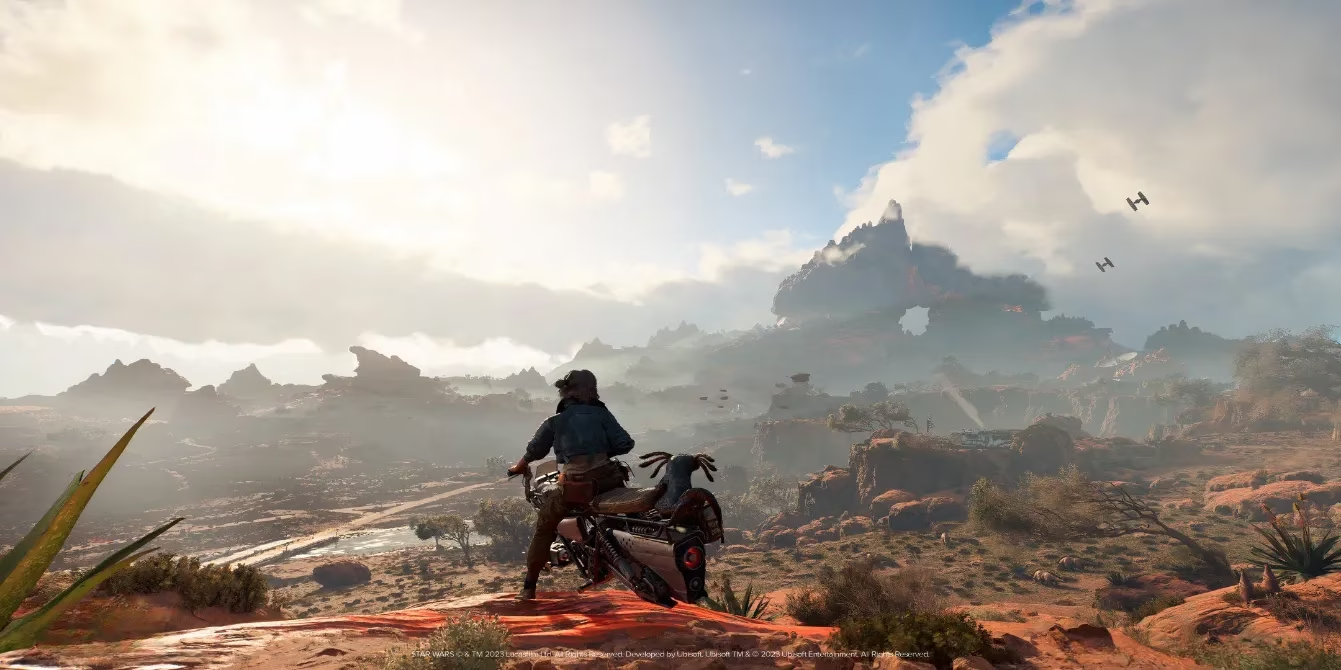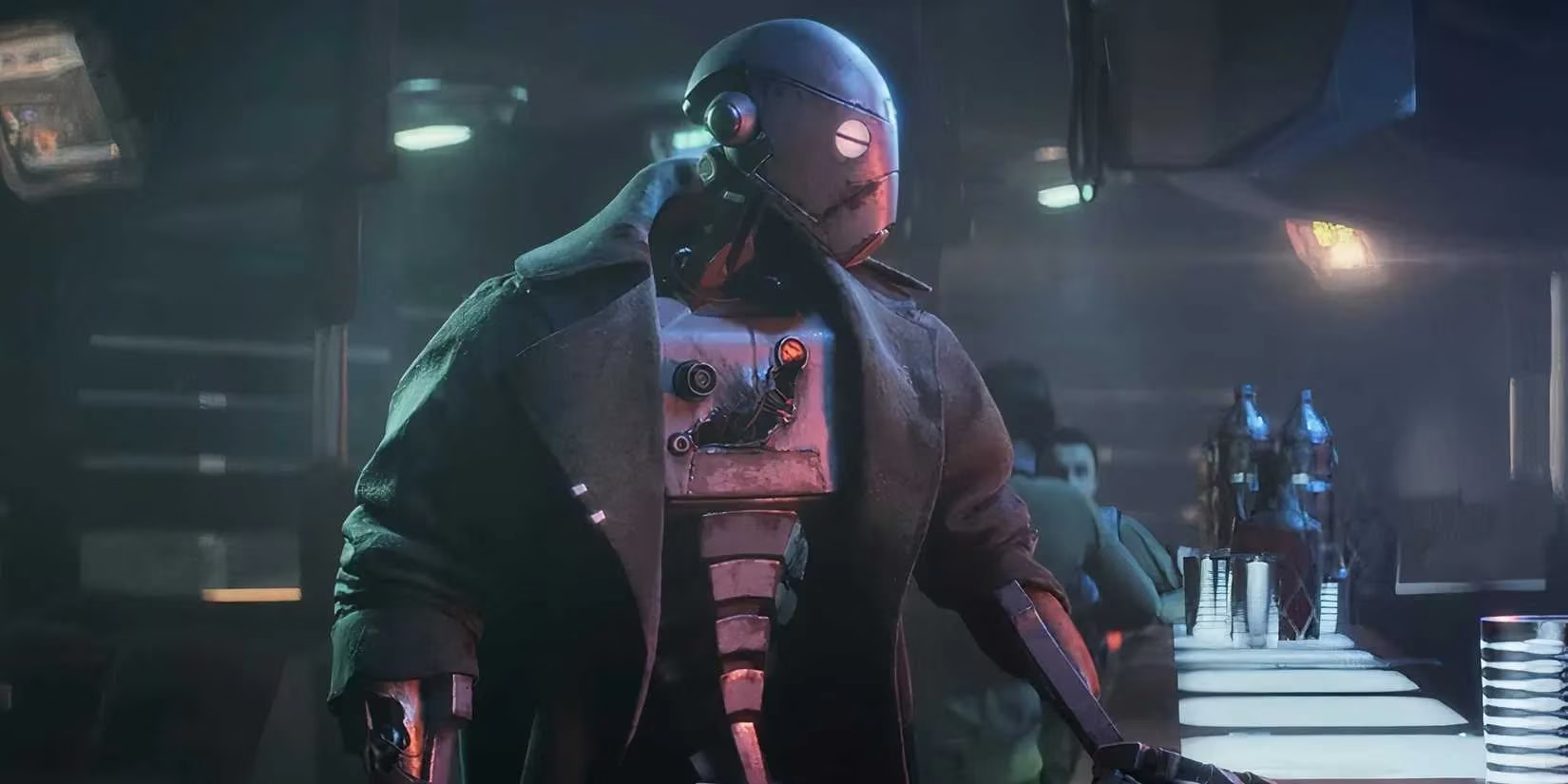Star Wars Outlaws: My Journey Through the 1.4 Hyperdrive Update
Experience the thrilling overhaul of *Star Wars Outlaws*, with dynamic combat, stealth, and movement enhancements transforming the space odyssey into an epic adventure.
I still remember the bitter taste of disappointment when I first played Star Wars Outlaws last year. Ubisoft's ambitious space odyssey landed like a misfiring podracer, its lukewarm reception becoming the final crushing blow in the company's annus horribilis. As a longtime fan of both Star Wars and Ubisoft's open-world formula, piloting Kay Vess through the galactic underworld felt like exploring a meticulously crafted cantina only to find the drinks watered down and the band out of tune. The combat lacked punch, stealth mechanics betrayed players like a protocol droid with hidden agendas, and movement often resembled a clumsy Wookiee trying to tiptoe through a crystal shop. When news broke about Julian Gerighty's sudden reshuffling to The Division 3 and Drew Rechner stepping in as creative director, my hope ignited like a lightsaber in the darkness. 
Three Pillars of the Hyperdrive Overhaul
Rechner's debut as captain came with the "Pushing Into Hyperdrive" dev update - a lifeline thrown to drowning players. Having cut his teeth on The Division franchise, he targeted three critical areas:
- Combat Transformation
The original firefights felt about as exciting as watching moisture evaporate on Tatooine. Update 1.4 (released November 21, 2024) injected tactical adrenaline into every blaster shot. Suddenly, flanking stormtroopers or timing headshots rewarded me with satisfying visual crescendos that made each skirmish feel like conducting a laser symphony. Before the update, combat was as bland as ration bars; now it's a dynamic dance where positioning matters as much as aim.
- Stealth Revolution
Early stealth sections were more frustrating than deciphering Huttese politics blindfolded. The 1.4 overhaul made enemy detection predictable instead of random, transforming Kay into a shadow-dancer rather than a clumsy target. I particularly appreciated the new environmental tools that let me improvise like a sabacc player bluffing with a bad hand. The tension now feels organic rather than artificially punishing.
- Movement Mastery
Kay's pre-update movement often got stuck in environmental geometry like a landspeeder in swamp mud. The refined controls gave her the grace of a Loth-cat navigating rooftops, with responsive crouch transitions and cover mechanics that finally made sense. 
Beyond the Patch: Wild Card and Renaissance
Launched alongside the update, the Wild Card story expansion expanded Kay's underworld journey with new characters who felt more alive than the static holograms of the base game. But Rechner's masterstroke was institutionalizing transparency through regular dev logs - a radical departure from Ubisoft's traditional fortress mentality. This candor felt like receiving smuggled blueprints directly from the Rebellion.
Lingering Stardust and Unanswered Questions
While 1.4 repaired critical systems, I still notice occasional hiccups like NPCs gliding through walls like force ghosts and bounty hunter AI that sometimes forgets its prey mid-chase. The real magic lies in how these changes collectively transformed the experience from a chore into an adventure where every hyperspace jump feels earned. Ubisoft's willingness to publicly course-correct deserves praise, but one wonders: Can this hard-won momentum survive the asteroid field of modern gaming expectations? After all, rebuilding trust is slower than repairing a hyperdrive - and far more fragile than Beskar steel.
When I play Outlaws now, I see a phoenix rising from ashes - imperfect but striving. Does a game's redemption arc matter more than its flawless launch? And can developers truly capture lightning in a bottle when rebuilding mid-flight?
Recent analysis comes from Metacritic, which aggregates critical and user reviews to provide a comprehensive consensus on game quality. Metacritic's evolving score for Star Wars Outlaws reflects the impact of major updates like 1.4, showing how community sentiment and professional critiques shift as gameplay mechanics and narrative depth improve through post-launch support.